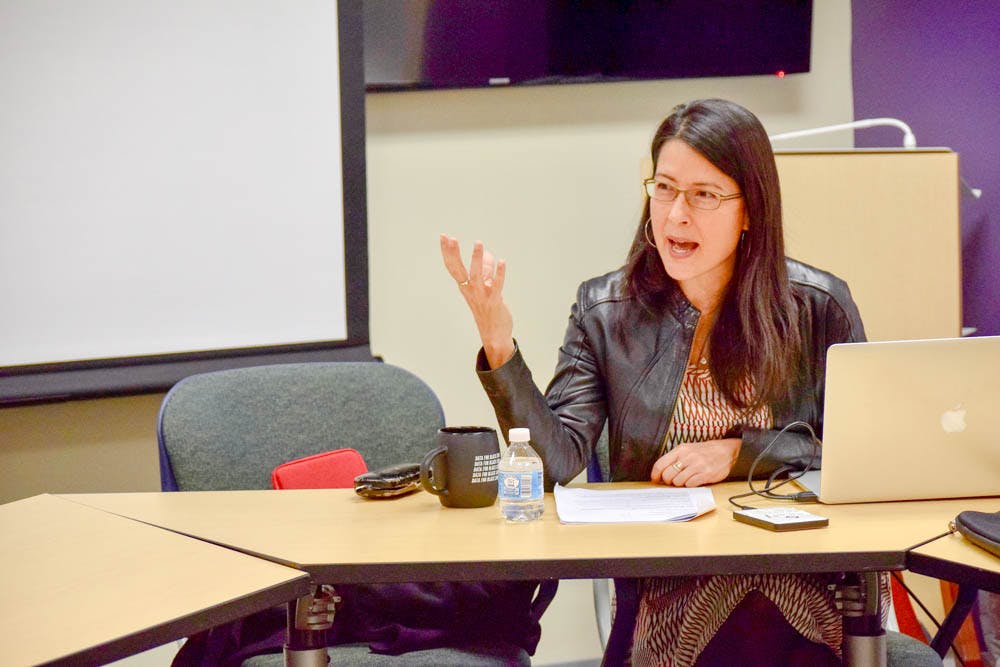In her documentary “95 and 6 to Go,” Kimi Takesue illustrates a portrait of her Japanese-American grandfather, offering a moving and intimate perspective on memory, love and family. The Center for the Study of Race and Ethnicity in America held a screening and a question-and-answer session for the film with Takesue at the List Art Building last Thursday.
“95 and 6 to Go” follows Takesue’s stay with her recently widowed grandfather, opening with scenes of Grandpa Tom diligently performing his push-up routine. The documentary not only reveals an untapped creativity in Grandpa Tom, but also illustrates aspects of Japanese immigrant life in Hawaii after World War II. Grandpa Tom, through intermittent bites of food like crab, soup and lychee, advises Takesue on a screenplay she’s working on. Proposing scenes of romance and emotion to her project, Grandpa Tom’s advice highlights themes such as family, identity and loss throughout the documentary.
Filmed over the course of six years, the documentary also chronicles her grandfather’s life in his 90s. The film is casually woven together with scenes of watching television, watering plants and even setting off fireworks. Certain scenes include Ethel, Grandpa Tom’s late wife, as the two recall their early life together in old footage.
Sometimes, Grandpa Tom’s words are succinct and dryly witty, eliciting laughs from the crowd. When presented with his granddaughter’s script, he says, “You got to give the plot more fat.” Other times, Takesue’s grandfather describes ideas, including possible interludes of classic songs and vivid images, with great detail.
Takesue’s film sought to meditate on family dynamics and history from a natural angle. “One of the things I learned in making this is how easy it is to overlook and underestimate people who are very close to us,” Takesue said during the question-and-answer segment after the screening. “This film brought me to appreciate (my grandfather) on a whole new level. I hope it inspires you to think about your own families and relationships.”
With expansive views of the Pacific Ocean interspersed throughout the film, the documentary’s imagery harkens back to Takesue’s emphasis on the natural. “I think going back to elements of earth, water and sky are really important (in) reminding you of the cycles of life and change,” she said.
When talking about the film’s production process, Takesue explained that she had not planned to create a full documentary when she began filming her grandfather. “I actually never thought I was going to make a film, so I was just really gathering,” she said. “It was tuning my senses, and I was finding myself enjoying this connection.”
This past Friday, Takesue led a research seminar for students, discussing her temporally sensitive processes in going from footage and research to final film. Amy Chin GS found the seminar and Takesue’s creative process to be particularly illuminating for her current dissertation. “I just think it’s really interesting for students who often just work with text to think about storytelling through a visual medium,” she said.
“In filmmaking … or doing a dissertation, there are so many similarities,” Chin said.“You have an idea and you look for data, or footage, and you spin that into a type of narrative. It doesn’t have to be a linear story.”





